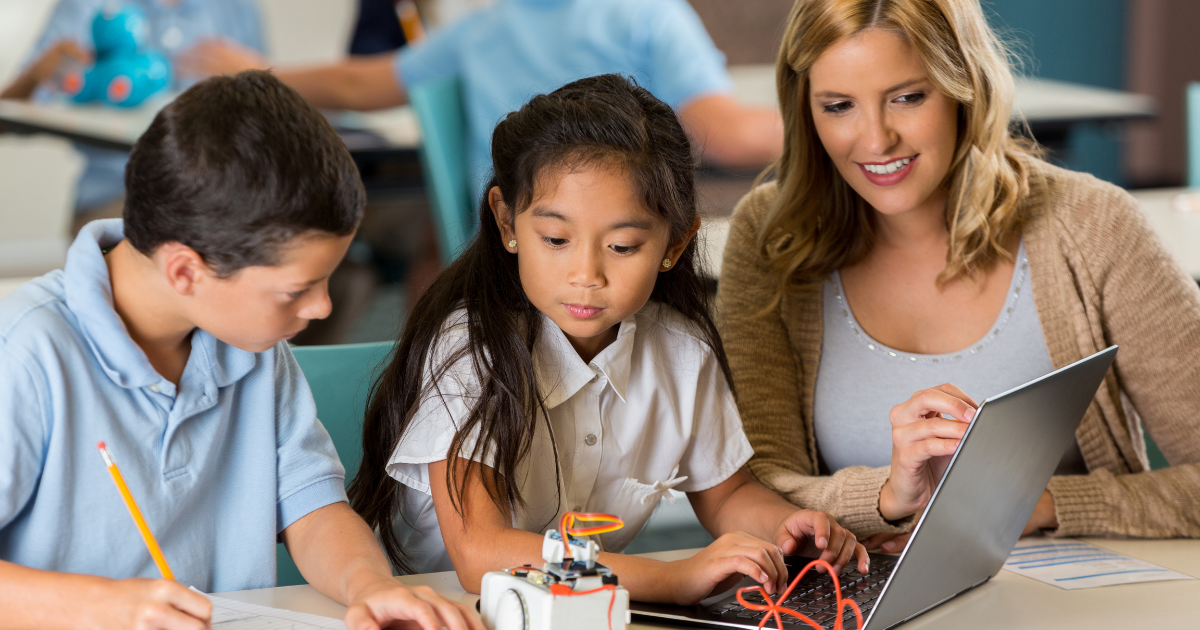
When exploring private education, families are met with a wide range of choices, each with its own philosophy, structure, and approach to learning. This is why comparisons like Reggio Emilia vs. Montessori are common as parents seek the environment that best supports their child’s growth. Among the most recognized options are religious schools, Waldorf schools, and Montessori schools. Understanding the core differences between these models can help families choose the one that aligns with their child’s learning style, values, and long-term development.
Let’s take a look at three different types of private schools.
1. Religious schools
Religious private schools integrate spiritual development alongside academic instruction. These institutions are often affiliated with a specific faith, such as Christianity, and tailor their curriculum to include religious teachings, values, and practices. Beyond spiritual instruction, religious schools also offer a comprehensive academic program, including subjects like mathematics, science, reading, and history. However, what sets them apart is their commitment to fostering moral development and values-based education.
Many religious schools incorporate daily prayer, religious holidays, and faith-based extracurriculars into the school experience, creating a strong sense of community and shared belief. For example, Christian schools might incorporate Bible study and theology into the daily routine, while Jewish schools often focus on Hebrew language and Torah studies. Families often choose these schools for the alignment with their values and a supportive environment rooted in shared faith.
2. Montessori Schools
Developed by Dr. Maria Montessori in the early 20th century, the Montessori method is rooted in the belief that children thrive when they are allowed to explore, create, and learn at their own pace. Many parents compare Reggio Emilia vs. Montessori schools but choose the latter because they are drawn to its blend of structure and freedom, especially for children who thrive outside of rigid academic systems.
Whether through math puzzles, science experiments, or language games, students engage deeply with the material in a calm and focused setting. The result is often a confident, self-motivated learner who takes responsibility for their own education. Unlike traditional classrooms, Montessori environments are multi-age and allow students to choose from a range of activities. Teachers serve more as guides than lecturers, observing and supporting each child’s individual learning journey. There is a strong emphasis on intrinsic motivation, where students learn because they are genuinely interested, not just to earn a grade.
3. Waldorf schools
Waldorf education, founded by Austrian philosopher Rudolf Steiner in 1919, goes far beyond traditional academics. The approach emphasizes educating the “whole child” (head, heart, and hands) by incorporating creativity, movement, storytelling, and nature. It’s designed to develop not only intellectual capacities, but also emotional resilience, social awareness, and physical coordination. Rather than emphasizing testing or memorization, Waldorf schools focus on raising independent, confident, and socially responsible individuals who are prepared to meet the challenges of their generation.
Students in Waldorf schools learn through blocks of thematic study, supported by artistic and practical activities such as painting, music, drama, woodworking, and gardening. Subjects are introduced in alignment with the child’s developmental stage, often through stories, legends, and hands-on exploration that deepen their connection to the material.
Each type of private school offers something unique. As you explore options and compare different ones like Reggio Emilia vs. Montessori schools, remember that there’s no one-size-fits-all. What matters most is finding the approach that resonates with your child’s needs and your family’s values.
